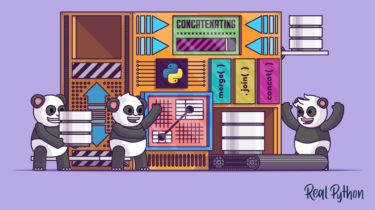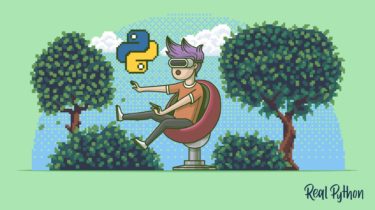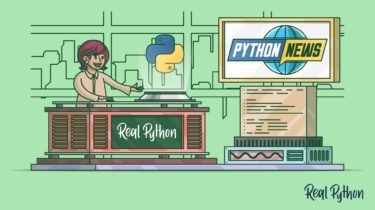Real Python at PyCon US 2022
PyCon US is back as an in-person conference. PyCon US 2022 is happening in Salt Lake City April 29 to May 1, and Real Python is there as well. Come join us at our booth and at the open space on Saturday. In this article, you’ll learn where you can find Real Python at PyCon in Salt Lake City, and get to know what some of our team members are excited about at the conference. Meet Real Python at PyCon […]
Read more





